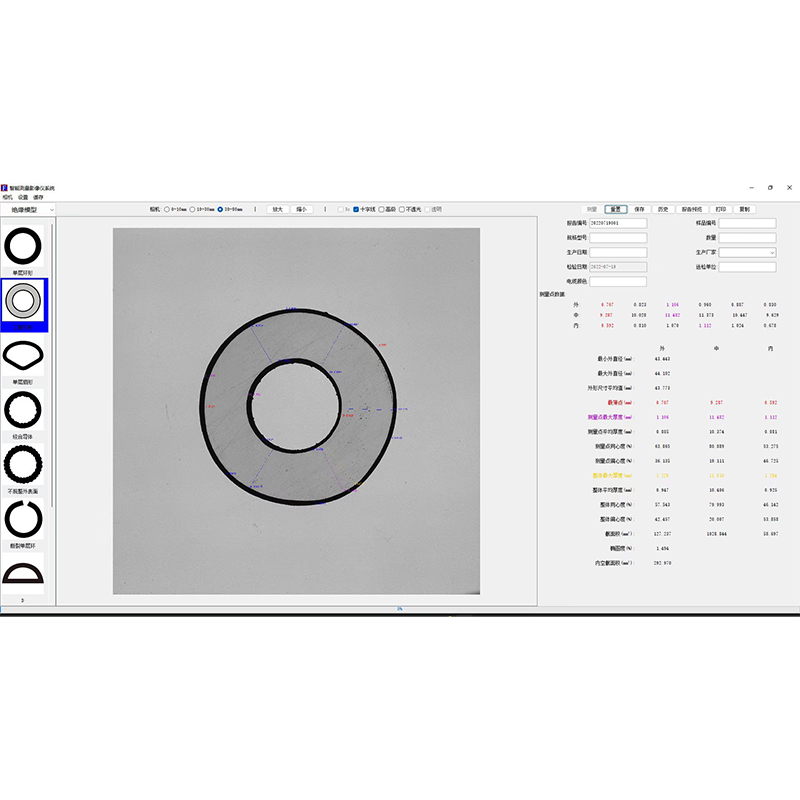flexible cable flexing tester
Understanding the Flexible Cable Flexing Tester Importance and Applications
In today's rapidly advancing technological world, the integrity and durability of electrical components cannot be overstated. Among these components, flexible cables play a crucial role in various applications ranging from household appliances to sophisticated industrial machinery. Ensuring the quality and reliability of these cables is essential, and this is where the flexible cable flexing tester comes into play.
What is a Flexible Cable Flexing Tester?
A flexible cable flexing tester is a specialized device designed to assess the durability and performance of flexible cables under mechanical stress. The primary function of this tester is to simulate the conditions that cables might experience during actual use, thereby evaluating their resistance to bending, twisting, and other physical strains. By subjecting cables to repetitive flexing cycles, manufacturers can determine their lifespan and operational reliability.
Importance of Testing Flexible Cables
1. Safety Assurance Flexible cables are often used in environments where safety is a paramount concern. Testing ensures that these cables can withstand mechanical stress without failing, thereby preventing electrical hazards such as short circuits or fires.
2. Quality Control In manufacturing, quality control is crucial. Using a flexing tester allows manufacturers to maintain high standards and ensure that each batch of cables meets regulatory requirements and industry standards. This not only protects consumers but also enhances the manufacturer's reputation.
3. Performance Optimization Understanding how a cable performs under stress helps in the design and development of better products. By identifying weak points within the cable structure, engineers can optimize designs, improving flexibility, durability, and overall performance.
4. Cost Efficiency By identifying potential failures before cables reach the market, manufacturers can save significantly on return costs and warranty claims. This proactive approach not only reduces financial burdens but also fosters customer trust.
How Does the Testing Process Work?
The testing process involves several key steps
flexible cable flexing tester

- Preparation The flexible cable sample is prepared according to various industry standards
. It usually includes specifications for length, type of insulation, and conductor material.- Setup The cable is securely attached to the flexing tester, which is equipped with mechanisms to replicate bending motions. This could involve a series of rollers or a programmable actuator capable of performing specific flexing patterns.
- Testing Cycles The tester starts the flexing process, subjecting the cable to repeated cycles. The number of cycles can vary depending on the standard being followed, with some tests reaching thousands of repetitions.
- Monitoring During the testing process, various parameters such as resistance, insulation integrity, and physical appearance are monitored. Advanced testers may even incorporate sensors to record performance data in real-time.
- Analysis After the test cycles are complete, the cable is thoroughly examined for any signs of wear, mechanical failure, or degradation. Data collected during the testing is analyzed to generate comprehensive reports.
Applications of flexible cable flexing testers
1. Consumer Electronics Flexing testers are widely used in the production of cables for smartphones, laptops, and other electronic gadgets where movement and bending are frequent.
2. Automotive Industry Flexible cables in vehicles must endure harsh conditions and constant flexing. Testing ensures that these cables can perform reliably over the vehicle's lifespan.
3. Industrial Equipment In factories and assembly lines, robots and machinery often require flexible cables that can withstand rigorous movement. Testing helps ensure that these cables maintain performance despite constant operational demands.
4. Medical Devices In the medical field, reliable flexible cables are crucial for patient safety. Testing guarantees that these cables will not fail during critical operations or emergencies.
In conclusion, the flexible cable flexing tester is an indispensable tool in ensuring the reliability and safety of flexible cables across numerous industries. By simulating real-world conditions, this tester aids manufacturers in producing high-quality products that meet the demands of modern technology and safeguard consumer interests. As technology evolves, the role of such testing equipment will only become more critical, highlighting the importance of continued investment in quality assurance processes.
-
Why the Conductor Resistance Constant Temperature Measurement Machine Redefines Precision
NewsJun.20,2025
-
Reliable Testing Starts Here: Why the High Insulation Resistance Measuring Instrument Is a Must-Have
NewsJun.20,2025
-
Flexible Cable Flexing Test Equipment: The Precision Standard for Cable Durability and Performance Testing
NewsJun.20,2025
-
Digital Measurement Projector: Precision Visualization for Modern Manufacturing
NewsJun.20,2025
-
Computer Control Electronic Tensile Tester: Precision and Power for the Modern Metal Industry
NewsJun.20,2025
-
Cable Spark Tester: Your Ultimate Insulation Assurance for Wire and Cable Testing
NewsJun.20,2025
 Copyright © 2025 Hebei Fangyuan Instrument & Equipment Co.,Ltd. All Rights Reserved. Sitemap | Privacy Policy
Copyright © 2025 Hebei Fangyuan Instrument & Equipment Co.,Ltd. All Rights Reserved. Sitemap | Privacy Policy
